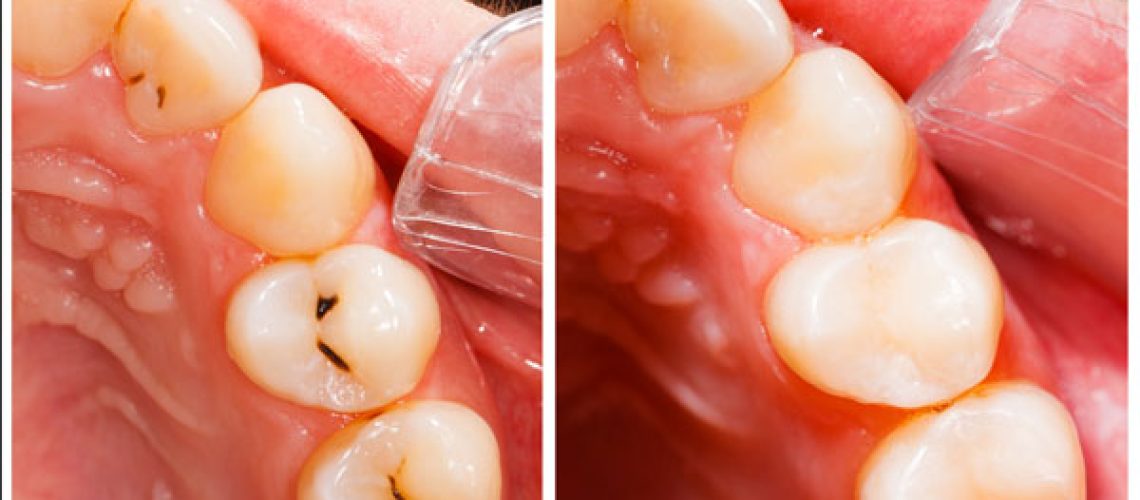When it comes to maintaining our oral health, choosing the right Mesa dentist is of utmost importance. In recent years, there has been a growing interest in metal-free dentistry, with many individuals seeking alternatives to traditional dental materials that contain metals like mercury, nickel, and titanium. A metal-free dentist offers a holistic approach to dental care, prioritizing the use of biocompatible and aesthetically pleasing materials.
Here we will explore the reasons why choosing a metal-free dentist can be beneficial for your oral health and overall well-being.
Understanding Metal-Free Dentistry
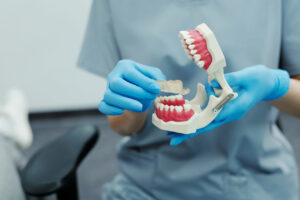 Metal-free dentistry, also known as biocompatible dentistry or holistic dentistry, is an approach to dental care that aims to provide treatments using dental materials that are free from metals. Traditional dental materials often contain metals such as amalgam fillings that consist of a mixture of silver, mercury, and other metals. While these materials have been used for decades and are considered safe by many dental professionals, concerns have been raised regarding the health risks of amalgam fillings.
Metal-free dentistry, also known as biocompatible dentistry or holistic dentistry, is an approach to dental care that aims to provide treatments using dental materials that are free from metals. Traditional dental materials often contain metals such as amalgam fillings that consist of a mixture of silver, mercury, and other metals. While these materials have been used for decades and are considered safe by many dental professionals, concerns have been raised regarding the health risks of amalgam fillings.
Metal-free dentistry focuses on utilizing alternative materials that are biocompatible and less likely to cause adverse reactions or sensitivities in the body. Instead of metal amalgams, dentists may use materials such as tooth-colored composite resins, porcelain, zirconia, or other ceramic compounds for dental restorations. These materials are carefully chosen to be safe, durable, and aesthetically pleasing.
Health and Biocompatibility
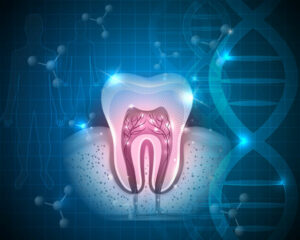 One of the primary reasons individuals choose a metal-free dentist is the emphasis on biocompatibility. Some individuals may be more sensitive or allergic to certain metals, and the presence of metal in dental restorations can potentially lead to localized or systemic health issues. Mercury, which is a component of amalgam fillings, has long been a subject of concern due to its potential toxicity. Although the American Dental Association maintains that amalgam fillings are safe, many people opt for metal-free dental filling alternatives to avoid any potential risks.
One of the primary reasons individuals choose a metal-free dentist is the emphasis on biocompatibility. Some individuals may be more sensitive or allergic to certain metals, and the presence of metal in dental restorations can potentially lead to localized or systemic health issues. Mercury, which is a component of amalgam fillings, has long been a subject of concern due to its potential toxicity. Although the American Dental Association maintains that amalgam fillings are safe, many people opt for metal-free dental filling alternatives to avoid any potential risks.
By opting for metal-free alternatives, patients can reduce the risk of allergic reactions, metal toxicity, and other potential complications. Metal-free restorations are designed to be non-reactive with the body’s tissues, reducing the likelihood of adverse effects. This can be particularly important for individuals with metal sensitivities or those who have experienced adverse reactions to metal-containing restorations in the past.
Metal-free dentistry also takes into account the potential impact of dental materials on systemic health. Some proponents of metal-free dentistry believe that certain metals, such as mercury, can leach into the body over time and contribute to chronic health conditions. While more research is needed to fully understand the implications, choosing metal-free dental materials provides peace of mind for those who are concerned about their overall well-being.
Aesthetics and Natural Appearance
 In addition to health considerations, choosing a metal-free dentist can also offer aesthetic benefits. Metal-free restorations, such as tooth-colored composite fillings and all-ceramic crowns, closely resemble the natural appearance of teeth. These materials can be color-matched to blend seamlessly with the surrounding teeth, creating a more harmonious look. This can be particularly appealing for individuals who value the cosmetic aspect of dental work and wish to maintain a natural-looking appearance.
In addition to health considerations, choosing a metal-free dentist can also offer aesthetic benefits. Metal-free restorations, such as tooth-colored composite fillings and all-ceramic crowns, closely resemble the natural appearance of teeth. These materials can be color-matched to blend seamlessly with the surrounding teeth, creating a more harmonious look. This can be particularly appealing for individuals who value the cosmetic aspect of dental work and wish to maintain a natural-looking appearance.
Metal-free dentistry focuses on achieving optimal aesthetics while ensuring the functional integrity of the restorations. The materials used in metal-free dentistry are carefully selected to mimic the translucency, texture, and color of natural teeth. This allows for a seamless integration of dental restorations with the patient’s teeth, enhancing their confidence and overall satisfaction with the results.
Moreover, metal-free materials offer advantages in terms of durability and resistance to discoloration. Unlike traditional metal restorations, which may show signs of corrosion or wear over time, metal-free alternatives are less prone to staining or changes in appearance. This longevity and color stability contribute to the long-lasting aesthetics of metal-free dental restorations.
Minimally Invasive Approaches
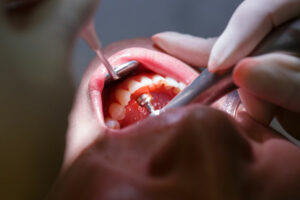 Metal-free dentistry often promotes a minimally invasive approach to dental treatments. With the use of advanced technologies and techniques, metal-free dentists aim to preserve as much healthy tooth structure as possible while providing effective restorative solutions. For instance, tooth-colored composite fillings require less tooth preparation compared to amalgam fillings, allowing for a more conservative restoration. This means that less healthy tooth enamel needs to be removed, preserving the structural integrity of the tooth.
Metal-free dentistry often promotes a minimally invasive approach to dental treatments. With the use of advanced technologies and techniques, metal-free dentists aim to preserve as much healthy tooth structure as possible while providing effective restorative solutions. For instance, tooth-colored composite fillings require less tooth preparation compared to amalgam fillings, allowing for a more conservative restoration. This means that less healthy tooth enamel needs to be removed, preserving the structural integrity of the tooth.
Minimally invasive procedures can help maintain the integrity of the natural teeth and enhance long-term oral health. By preserving healthy tooth structure, metal-free dentistry aims to prevent further damage or complications that may require more extensive dental treatments in the future. This approach aligns with the concept of conservative dentistry, focusing on preserving the patient’s natural dentition and promoting long-term oral health.
In addition to preserving tooth structure, metal-free dentistry also encompasses techniques such as air abrasion and laser dentistry, which offer precise and conservative treatment options. These technologies allow for targeted removal of decay or damaged tooth structure while minimizing trauma to surrounding healthy tissues. By embracing minimally invasive approaches, metal-free dentistry prioritizes the preservation of oral health and the overall well-being of the patient.
Sustainability and Environmental Considerations
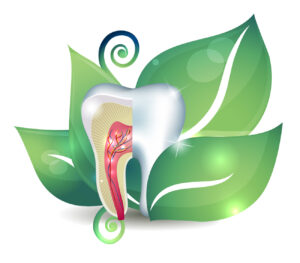 Metal-free dentistry also aligns with the growing emphasis on sustainability and environmental consciousness. Traditional dental materials containing metals can have negative ecological impacts due to mining processes and potential disposal issues. Metal-free alternatives, on the other hand, often utilize biocompatible and eco-friendly materials, reducing the overall environmental footprint associated with dental treatments.
Metal-free dentistry also aligns with the growing emphasis on sustainability and environmental consciousness. Traditional dental materials containing metals can have negative ecological impacts due to mining processes and potential disposal issues. Metal-free alternatives, on the other hand, often utilize biocompatible and eco-friendly materials, reducing the overall environmental footprint associated with dental treatments.
For example, tooth-colored composite resins are typically free from metals and can be bonded to the tooth structure, reducing the need for additional restoration materials. Ceramic restorations, such as zirconia or porcelain, are known for their durability and longevity, which can minimize the need for frequent replacements. By opting for metal-free dentistry, individuals can contribute to a more sustainable approach to oral healthcare while minimizing their impact on the environment.
Furthermore, metal-free dentistry promotes the use of digital technologies such as computer-aided design and computer-aided manufacturing (CAD/CAM) systems. These technologies reduce waste by enabling precise and efficient fabrication of dental restorations, minimizing the need for multiple fittings and adjustments. Digital impressions also eliminate the need for messy traditional dental impressions that require significant material usage.
Conclusion
 Choosing a metal-free dentist can provide a range of benefits, from improved biocompatibility and aesthetics to a more minimally invasive approach to dental care. By opting for metal-free materials, individuals can prioritize their oral health while also considering their overall well-being and the environment. Whether you have concerns about metal allergies, desire a natural look, or wish to embrace sustainable dental practices, a metal-free dentist may be the right choice for you. Embracing metal-free dentistry allows for personalized and comprehensive care, providing patients with peace of mind and optimal dental health outcomes. By incorporating biocompatible materials, focusing on aesthetics, preserving tooth structure, and promoting sustainability, metal-free dentistry offers a holistic approach to oral health that aligns with the evolving needs and preferences of individuals today.
Choosing a metal-free dentist can provide a range of benefits, from improved biocompatibility and aesthetics to a more minimally invasive approach to dental care. By opting for metal-free materials, individuals can prioritize their oral health while also considering their overall well-being and the environment. Whether you have concerns about metal allergies, desire a natural look, or wish to embrace sustainable dental practices, a metal-free dentist may be the right choice for you. Embracing metal-free dentistry allows for personalized and comprehensive care, providing patients with peace of mind and optimal dental health outcomes. By incorporating biocompatible materials, focusing on aesthetics, preserving tooth structure, and promoting sustainability, metal-free dentistry offers a holistic approach to oral health that aligns with the evolving needs and preferences of individuals today.

